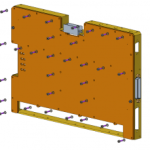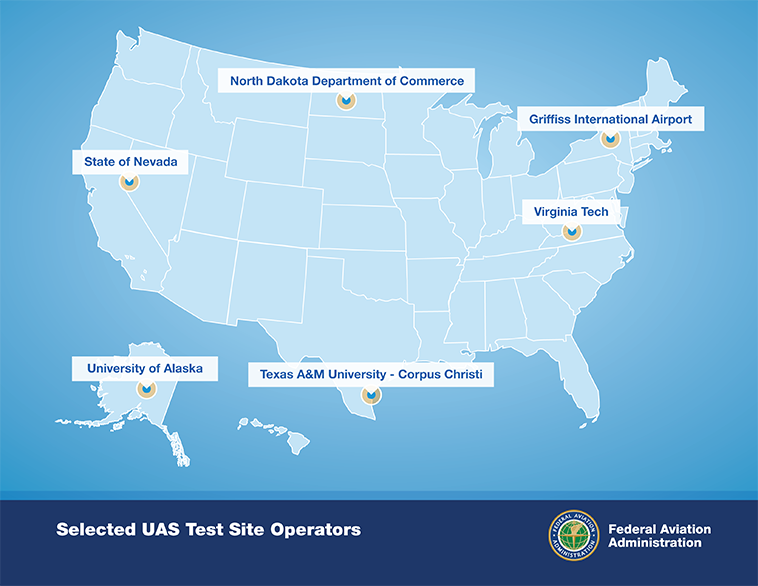Airbus is leading the development of the next generation of the European Geostationary Navigation Overlay Service (EGNOS), Europe’s satellite-based augmentation system (SBAS). EGNOS version three (V3) will provide a completely new DFMC service – dual frequency, multi-constellation – augmenting both GPS and Galileo signals.
EGNOS has long enabled precision approaches at airports lacking ground-based navigation aids. Speaking at the recent Satellite Navigation Summit in Munich, Thomas Fuhrmann, Algorithm and Performance Engineer at Airbus Defense and Space, said, “In aviation, approach and landing are the most demanding phases in terms of performance, especially under low visibility conditions, thinking about positioning, accuracy, integrity and continuity.”
The current safety-of-life (SoL) service, operational since 2011, supports LPV-200 approaches – localizer performance with vertical guidance down to 200 feet. “With EGNOS version three,” Fuhrmann said, “we will continue with LPV-200 service, but with the new DFMC service on top of that.”
In a recently completed project, Fuhrmann and a team at Airbus put EGNOS DFMC to the test. “We wanted to use it with real data in real time, with prototype algorithms that we developed,” he said, “to show that DFMC is becoming a reality.”
But there was a problem; the EGNOS ground stations for V3 are not yet available. “So we decided to try the algorithms with publicly available GNSS stations, from the International GNSS service (IGS) and from the European Reference Frame (EUREF) network,” Fuhrmann said. IGS and EUREF ground stations are precise GPS tracking stations that collect satellite data to support accurate global (IGS) and European (EUREF) positioning and navigation.
All across Europe
“Using our algorithms, we processed GPS and Galileo signals from these stations to generate SBAS corrections in real time,” Fuhrmann said. “The average vertical positioning error was around 0.3 meters, with maximum values below three meters, so we got really high accuracy with this very first DFMC demonstration over Europe.”
With support from the European Space Agency (ESA) and the European Agency for the Space Program (EUSPA), Airbus took the experiment further, uplinking the DFMC corrections to a geostationary (GEO) satellite and broadcasting them via the GPS L5 frequency. So, by late 2024, Airbus was transmitting usable EGNOS DFMC messages.
This pioneering work required a collaborative effort across agencies, manufacturers, and users. “It was really a Europe-wide undertaking,” Fuhrmann said. “We developed the algorithms here in Munich; the IGS and EUREF data was processed in real time at Airbus, Toulouse; the SBAS correction data went to an uplink station in Italy, and from there to the orbiting GEO payload, which transmitted it back down to user antennas all across Europe, for example here in Munich.”
As the EGNOS ecosystem matures, Fuhrmann said, “The dialogue between stakeholders, including engineers, pilots and regulators, at events like this Munich Satellite Navigation Summit, will be key to realizing its full potential in aviation and beyond.”






